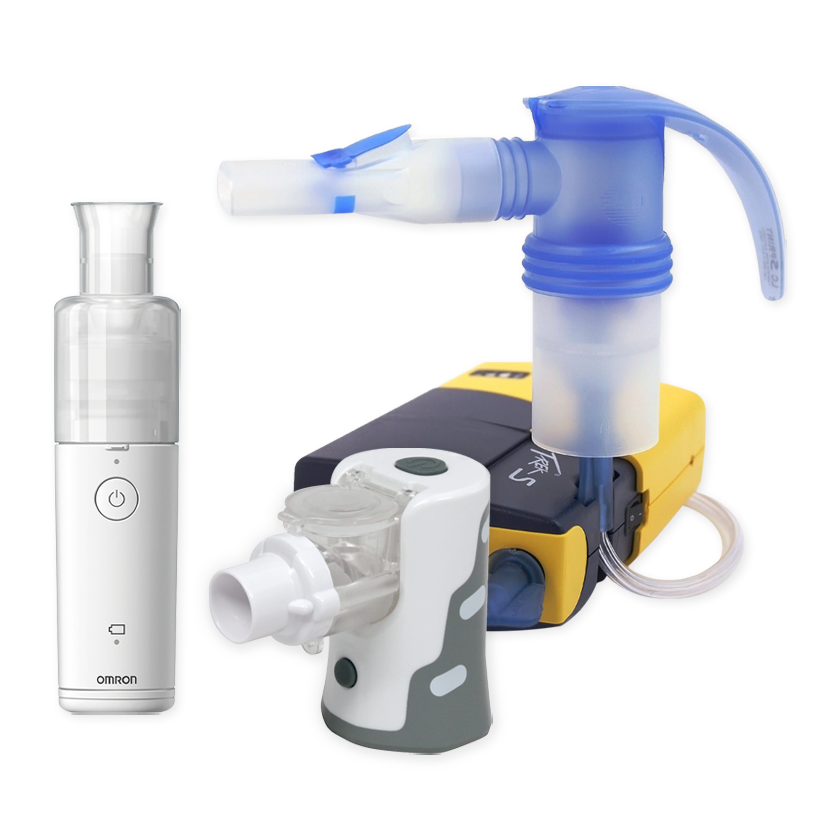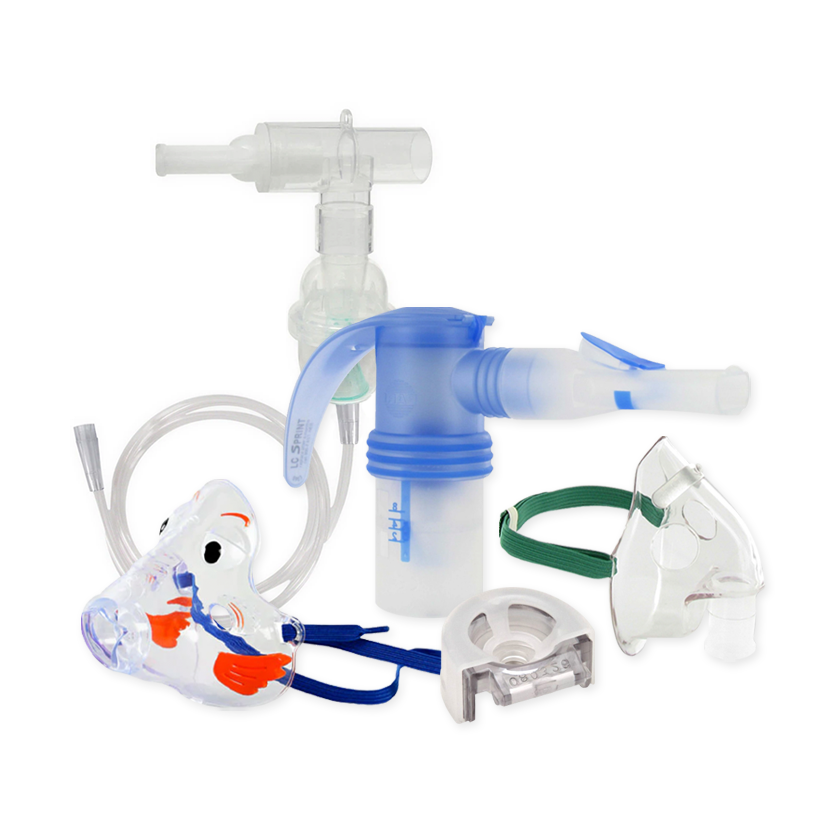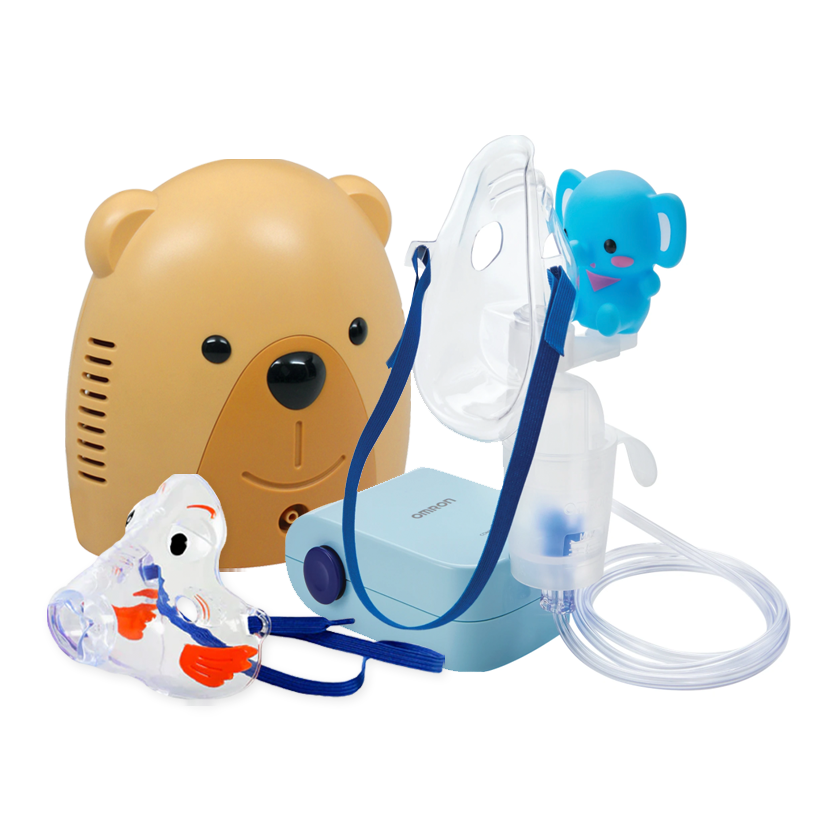Your Cart is Empty
Free Shipping on all orders over $75! Plus, free express shipping on select items.
Menu

Free Shipping on all orders over $75! Plus, free express shipping on select items.
Nebulizer Systems
Travel Nebulizers
Nebulizer Accessories
Just For Kids
Oxygen Supplies
How to Fight Fall Allergens
August 28, 2013 2 min read
 Summer is coming to an end, school is back in session, and soon the trees will be sporting some impressive foliage. Unfortunately, apple cider and cozy sweaters aren't the only things in store this fall. Even though spring may reign supreme over allergy symptoms, fall usually comes with the highest levels of ragweed, mold, and bed bugs – three of the biggest allergy and asthma triggers around. Thankfully, there are plenty of things you can do to manage these autumnal menaces and breathe easily. Here are 5 tips for managing common triggers when the temperatures cool down.
Summer is coming to an end, school is back in session, and soon the trees will be sporting some impressive foliage. Unfortunately, apple cider and cozy sweaters aren't the only things in store this fall. Even though spring may reign supreme over allergy symptoms, fall usually comes with the highest levels of ragweed, mold, and bed bugs – three of the biggest allergy and asthma triggers around. Thankfully, there are plenty of things you can do to manage these autumnal menaces and breathe easily. Here are 5 tips for managing common triggers when the temperatures cool down.
- Keep windows closed.As tempting as it may be to enjoy a nice fall breeze when you’re in the car or sitting around the house, opening windows at home and in the car is basically inviting pollen to hang out in your space and in your nose. If you’re driving, this is an especially big allergic no-no, since the pollen will be entering your car at the same speed that you’re driving. If you want to cool down, turn on the fan or air conditioner instead.
- Shower nightly, and bathe pets frequently.Both you and your pet may inadvertently pick up pollen while out and about, which can then be transmitted indoors. By showering at night – and giving your dog or cat regular baths – you can keep ragweed pollen from settling in your home and setting off symptoms.
- Put the damper on dampness. Humidity feeds the growth of mold and dust mites, two common allergic culprits. Air out damp areas like bathrooms and basements frequently, and use a dehumidifier if necessary.
- Limit your time outdoors when pollen counts are high.In general, ragweed levels reach their peak in Mid-August, and stay high until the first frost. Check allergy forecasts regularly, and avoid spending a lot of time outside when there’s a lot of pollen in the air. If you must stay outdoors for extended periods of time, consider wearing a face mask to minimize the amount of allergens you inhale.
- Drink some tea.You’ll probably be doing this already on a crispy fall night, but here’s another incentive to drink more green tea: Japanese researchers found that EGCG, the primary antioxidant in the beverage, can help fight an overactive immune response mounted in reaction to allergen exposure. Drinking two to three cups of green tea a day can make a difference in decreasing your overall sensitivity to common fall triggers!
If you find that your allergies or asthma getting worse and worse this autumn, make sure to schedule a meeting with your primary care provider. You may need to take medications by using an inhaler, nebulizer, or other type of applicator. Make sure to monitor your symptoms carefully, so that you can manage them effectively and enjoy fall to the fullest!
Subscribe
Sign up to get the latest on sales, new releases and more …

NEW CUSTOMERS SAVE 10% OFF YOUR FIRST PURCHASE OF $20 OR MORE.
Code will be sent to email entered if applicable
SIGN UP FOR FUTURE SALES, NEW PRODUCTS AND ANNOUNCEMENTS
{"themeColor":"#061f77","iconColor":"#061f77","showLogo":true,"topBottomPosition":0,"rightLeftPosition":5,"iconSize":"large","iconCustomSize":64,"position":"middle-right"}



